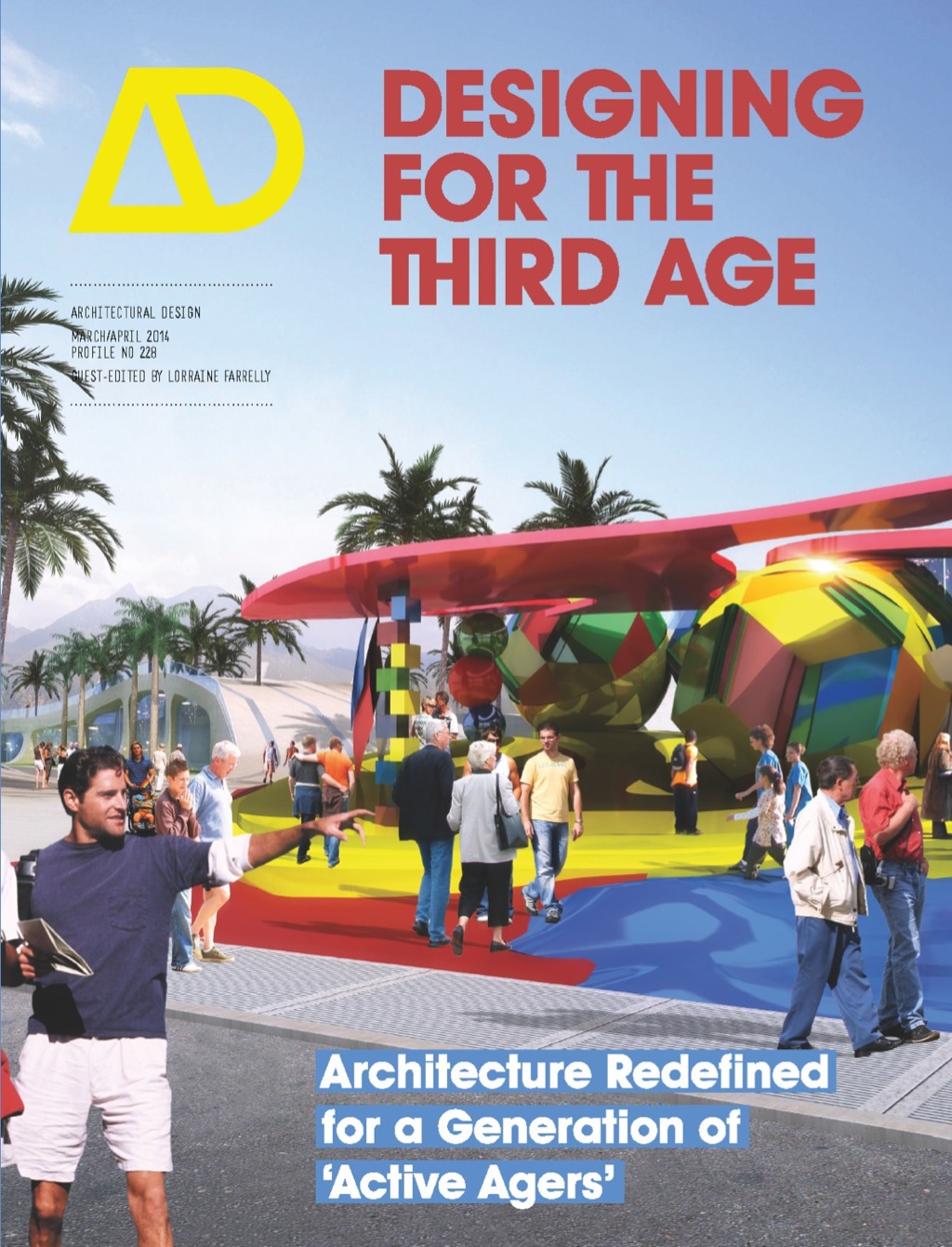Description
A demographic revolution is underway. Across the world, the number of people aged over 65 is increasing: whereas the over 65s in the US make up 13 per cent of the population, this figure will double to 88.5 million by 2050; Chinas current ratio of 16 elderly people per 100 workers is set to double by 2025, then double again to 61 by 2050. Urban design, housing and other built provision all require rethinking and redeveloping to accommodate this ever-expanding ageing population. The design of our urban centres will also need to be transformed to accommodate a more integrated way of living. Suburbia will need to be reshaped – retrofitting, in order to redefine a new type of interstitial space. Accommodating a range of different age groups is about adapting places and spaces to their needs as much as adapting the city for different cultural groups. Can visionary architectural solutions play a key part in the provision by creating sustainable cities for the changing profile of the population, reducing models of dependency for care and transport and creating opportunities for recreation, leisure and work? This issue of 3 reflects on the forthcoming challenges that are to be posed globally in Europe, Australia, North America and Asia, while seeking out innovative responses to the problems, both at a practical and speculative level. The issue is to include international built case studies and competition-winning entries by practitioners and students. Contributors include: David Birkbeck of Design for Homes, Francesca Birks of Arup Foresight + Innovation, Kathryn Firth of the London Legacy Development Corporation, Baroness Sally Greengross, President of the International Longevity Centre – UK, Jerry Maltz of AIANY Design for Aging, Robert Schmidt of the Adaptable Futures research group at Loughborough University, Sally Stewart of Mackintosh School of Architecture, Mark Taylor of the University of Newcastle, and Walter Menteth.






